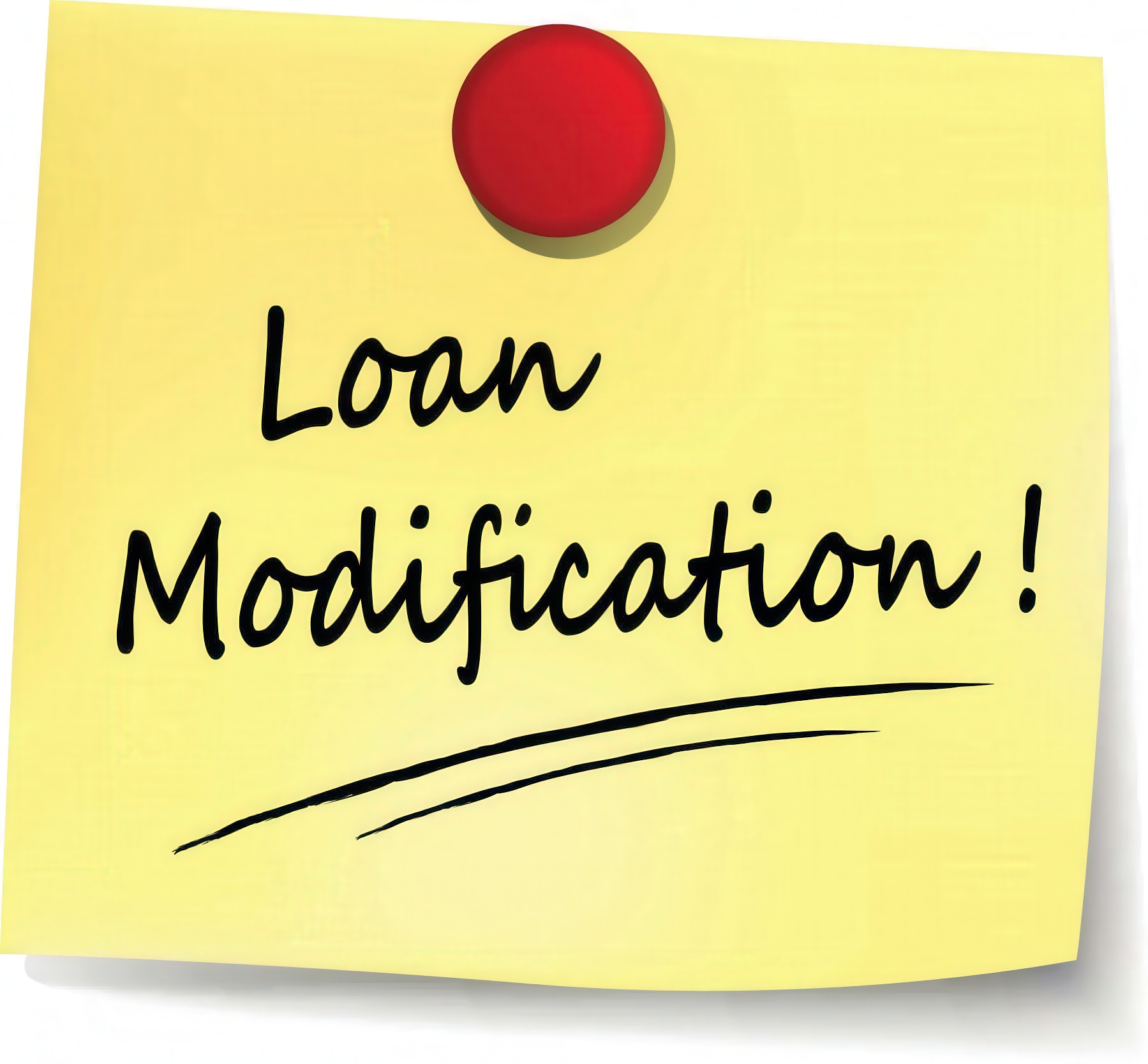Introduction to Loan Modification
A loan modification is a change made to the original terms of a borrower’s loan agreement, typically in response to financial hardship. It can help homeowners who are struggling to make their mortgage payments by altering the terms of the loan to make payments more affordable. Loan modifications are often a viable option for homeowners who are facing temporary financial difficulties, such as a job loss, medical emergency, or other unexpected events that impact their ability to keep up with payments.
In this article, we’ll explain what loan modification is, how it works, the types of loan modifications, eligibility requirements, the benefits and drawbacks, and the steps involved in the process.
Table of Contents
ToggleWhat is Loan Modification?
Loan modification involves a permanent change to the terms of an existing loan. For mortgages, this could include adjusting the interest rate, extending the loan term, reducing the loan balance, or temporarily lowering the monthly payments. The goal of a loan modification is to make the mortgage more affordable for the borrower, preventing foreclosure and allowing them to stay in their home.
Unlike refinancing, where the borrower replaces the existing loan with a new one, loan modification simply alters the terms of the current loan. The change is negotiated between the borrower and the lender.
Types of Loan Modifications
Interest Rate Reduction: In an interest rate reduction modification, the lender lowers the interest rate on the mortgage. This reduces the borrower’s monthly payment and the total amount paid over the life of the loan. Interest rate reductions are more likely to be offered when market rates are low.
Term Extension: Extending the loan term means spreading the remaining balance over a longer period, which can significantly lower monthly payments. For example, if a borrower has 10 years remaining on their loan, extending it to 20 years would reduce the monthly payment amount. However, this extension may increase the total interest paid over the life of the loan.
Principal Reduction: In some cases, a lender may agree to reduce the total loan balance, or the principal. This is less common but can happen if the borrower owes more than the home is worth (underwater mortgage). Principal reduction can significantly lower the borrower’s monthly payments, but it may only occur in rare circumstances, such as when the lender is attempting to avoid foreclosure.
Forbearance: Forbearance is a temporary solution where the lender allows the borrower to pause or reduce payments for a short period. During this time, the borrower is not required to make full payments but must catch up on missed payments after the forbearance period ends. This option may be combined with other modifications, like an extended loan term, to help the borrower become current on their mortgage.
Payment Deferral: A payment deferral allows a borrower to delay mortgage payments, usually for a specific period, and then catch up later. The missed payments are typically added to the back end of the loan, so the borrower is not required to pay them immediately but must eventually pay them over time.
Eligibility for Loan Modification
Eligibility for a https://mortgageblogpro.com/ depends on the lender’s specific requirements, but common factors include:
Financial Hardship: Borrowers must demonstrate a valid financial hardship that is preventing them from making regular mortgage payments. This could include job loss, divorce, medical emergencies, or other situations that cause a loss of income.
Current Mortgage Status: Lenders are more likely to approve loan modifications if the borrower is still current on their mortgage or only slightly behind on payments. If the borrower is already significantly behind, the lender may be less willing to modify the loan.
Income and Expenses: Lenders typically require proof of the borrower’s income and monthly expenses. This helps the lender assess whether the borrower has the ability to make the modified payments. A borrower must demonstrate that they can afford the new payment terms.
Homeownership and Occupancy: Most lenders will only approve a loan modification if the borrower is living in the home as their primary residence. Investment properties are generally not eligible for loan modifications, though some exceptions may apply.
Mortgage Type: Certain types of loans, such as government-backed loans (FHA, VA, USDA), may have specific loan modification programs with more lenient requirements. Conventional loans may have different eligibility criteria based on the lender’s policies.
Benefits of Loan Modification
Lower Monthly Payments: The most immediate benefit of a loan modification is a reduction in monthly payments. This can help borrowers stay in their homes and avoid foreclosure by making payments more affordable.
Avoiding Foreclosure: Loan modification is a way to avoid the drastic consequence of foreclosure, which can have long-term negative impacts on a borrower’s credit and financial future. A successful modification can help borrowers stay current on their loan and avoid the need for foreclosure proceedings.
Improved Financial Stability: By lowering monthly payments, borrowers have more financial flexibility. This can provide breathing room to address other financial concerns, such as paying off debt or saving for emergencies.
Long-Term Solution: Loan modifications provide a long-term solution, as opposed to forbearance, which is typically a temporary fix. A modification can provide stability for the borrower and allow them to remain in their home.
Drawbacks of Loan Modification
Impact on Credit Score: While a loan modification can help prevent foreclosure, it can still impact the borrower’s credit score. This is because the lender may report the modification as a “settled” or “restructured” loan, which can negatively affect the borrower’s credit history.
Fees and Costs: Some lenders may charge fees for processing the loan modification. These fees can add up, and in some cases, they may be rolled into the loan balance, increasing the total loan amount.
Extended Loan Term: Although extending the loan term can lower monthly payments, it may also mean that the borrower will be paying off the loan for a longer period. This can lead to higher total interest costs over the life of the loan.
Risk of Denial: Loan modification requests are not always approved. Lenders may deny a modification request if the borrower does not meet the eligibility requirements or if the financial hardship is not deemed severe enough. Additionally, lenders may not be willing to modify certain types of loans.
The Loan Modification Process
Contact the Lender: The first step is to reach out to your lender and explain your financial hardship. Lenders often have specific departments or teams that handle loan modifications. Be prepared to discuss your situation in detail and provide the necessary documentation, such as income statements, tax returns, and a hardship letter.
Submit Required Documents: Lenders will typically require a variety of documents to assess your financial situation. These may include recent pay stubs, tax returns, proof of unemployment, or medical bills. Be thorough and provide all requested information to avoid delays.
Review of Your Application: The lender will review your financial documents and hardship explanation. This process can take several weeks, depending on the lender’s procedures. During this time, the lender may reach out for additional information.
Offer of Modification: If the lender approves your loan modification request, they will provide you with a modified loan agreement outlining the new terms, such as the adjusted interest rate, extended loan term, or reduced principal. Carefully review these terms to ensure they align with your expectations and financial capabilities.
Acceptance and Finalization: If you agree to the new terms, you’ll sign the modified loan agreement. Once signed, the modification becomes effective, and your new payment schedule will begin.
Post-Modification Follow-Up: After the modification, continue to monitor your payments and ensure that they are consistent with the modified terms. If any issues arise, contact your lender immediately.
Conclusion
A loan modification can be a helpful tool for homeowners who are struggling with mortgage payments due to temporary financial difficulties. It can provide relief by reducing monthly payments, avoiding foreclosure, and providing a long-term solution. However, the process can be complex, and not all requests are approved. It’s important for borrowers to carefully assess their situation, understand the potential impacts on their credit, and be prepared to provide the necessary documentation.
If you’re considering a loan modification, work with your lender to understand the terms, and consult a financial advisor or housing counselor to help guide you through the process. With the right approach, a loan modification can provide the financial breathing room you need to get back on track.





